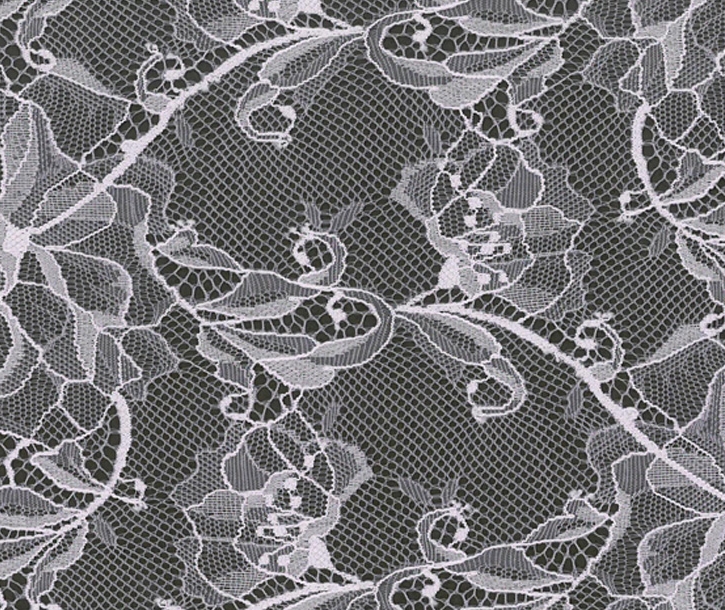
Intima Asia
Tessitura Colombo introduces The Natural Dye Collection
31 October 2018
On the forefront of the production of ecological lace since 2015, for A/W 2019-2020 Tessitura Colombo launches its new "Eco-Lace" dyeing technology using 100% vegetable coloring agents.

Nature, technology, and attention to innovation: for over three years Tessitura Colombo has placed sustainability at the center of its production philosophy. With a long-term vision, and to great anticipation in the sector, Tessitura Colombo has tackled the issue of protecting the environment and natural resources by testing the Q-Nova by Fulgar regenerated nylon and the regenerated Roica EF elastomers on its latest generation looms, and in 2015 it launched the first lace made with these threads: "Eco- Lace", today among the flagships of the company offering. The next step towards sustainability was to confront the challenge of finding a way to dye nylon without resorting to acid colorants. Today Tessitura Colombo, which uses an internal dyeing plant equipped with cutting-edge machinery and techniques, continues its environmentally-friendly trajectory by presenting its new "Eco-Lace" dyeing technology with completely organic coloring agents.
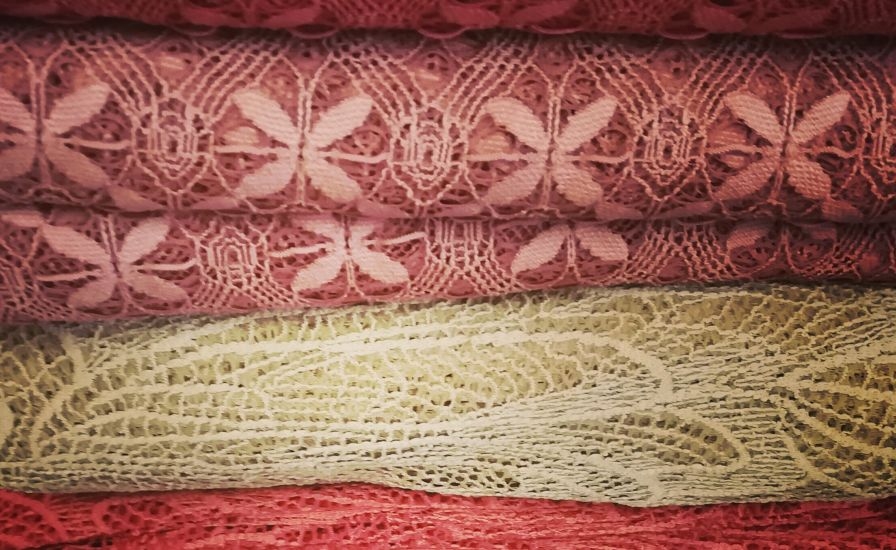
AN EXCITING CHALLENGE
Natural dyes have always existed and are regaining popularity all over the world: the question is, how can they be used to dye even non- natural fibers? To answer this question, Tessitura Colombo has developed a specific dyeing procedure that allows regenerated yarns to be colored with shades deriving from certain plants, which were used to dye natural fibers in the past.
"To achieve this, we needed to develop temperatures and steep times that differ from the standard," explains Mauro Colombo, Managing Director of the company. "Before officially launching the project, we conducted 6 months of testing on semi- finished industrial products to validate the solidity of the color against the downstream consumer's standards of use (resistance to washing, light, sweat, friction, etc.). The tests fully met our parameters. The only minor problem remaining is light fastness, which, however, should have a lower impact on intimates as long as you take small precautions such as not laying the
garments to dry in the hot sun." In order to prioritize sustainable development and respect for the environment, the
new procedure includes, among other things, significant water conservation, particularly during the finishing phase, and natural
softeners, which further minimize environmental impact. The soak ratio is 1:7 against an average of 1:10 / 1:12.
THE 4 SHADES
OF THE NATURAL DYE COLLECTION
The first dyes to be selected and tested by Tessitura Colombo for the new Natural Dye Collection for intimates and apparel, made entirely of "Eco-Lace," are Walnut Gall, with an intense cream tone, Chestnut, which creates a golden beige color, Acacia Catechu with its antique rose effect, and finally the intense brick red of Rubia.
This palette of 4 sophisticated shades is not only on-trend, but also "naturally" meets the needs of the underwear and clothing sectors that the line targets, in accordance with the market's increasing sensitivity to the challenges of ecology and environmental responsibility.
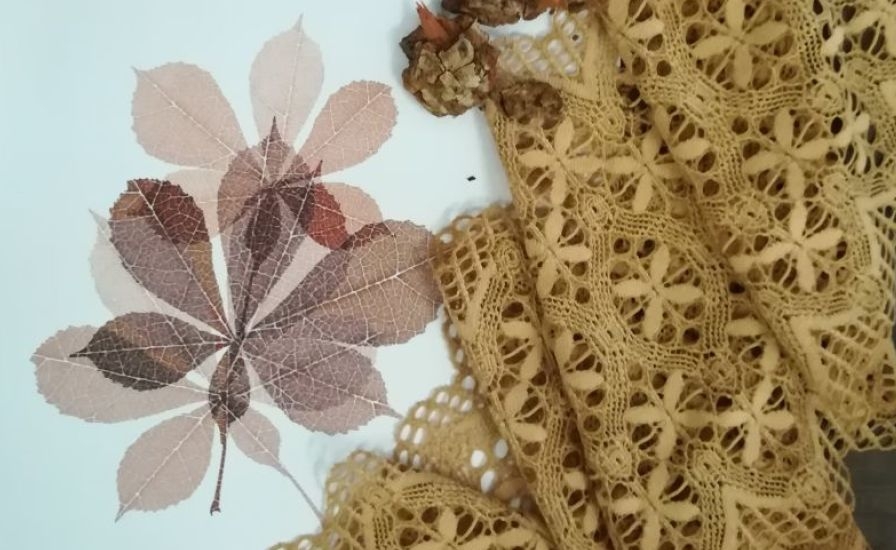
CHESTNUT – CASTANEA
SATIVA
The chestnut is a tree from the Mediterranean region bearing extremely nutritious edible fruits. The coloring substance is obtained from the leaves, bark and also from the fruit, and the wood also contains high levels of tannin, which is used in the vegetable tanning of hides.
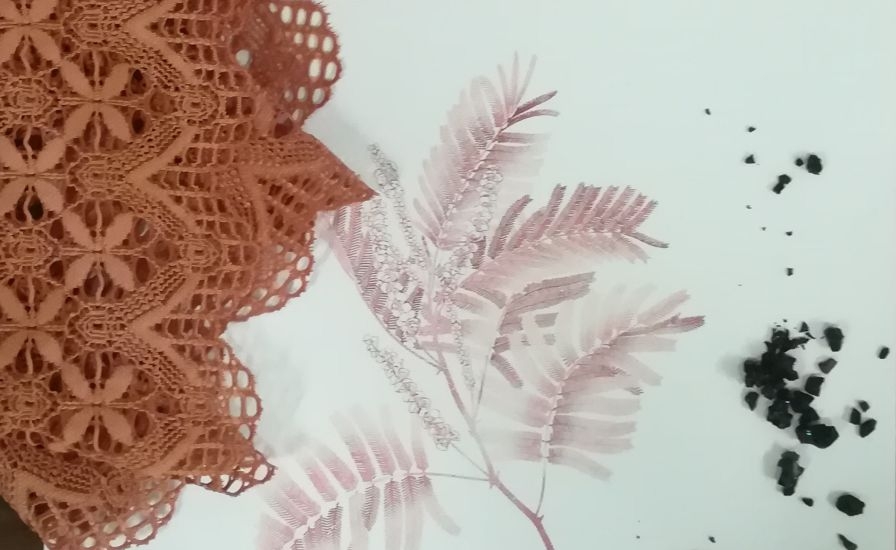
TERRA CATTÙ – CATECÙ
The Catecù is extracted from the wood of Acacia Catechu and its varieties belonging to the Leguminous family that grow in India, Burma and Africa. The Catecù was used even after the discovery of synthetic dyes to obtain specific brown tones with strong fastness.
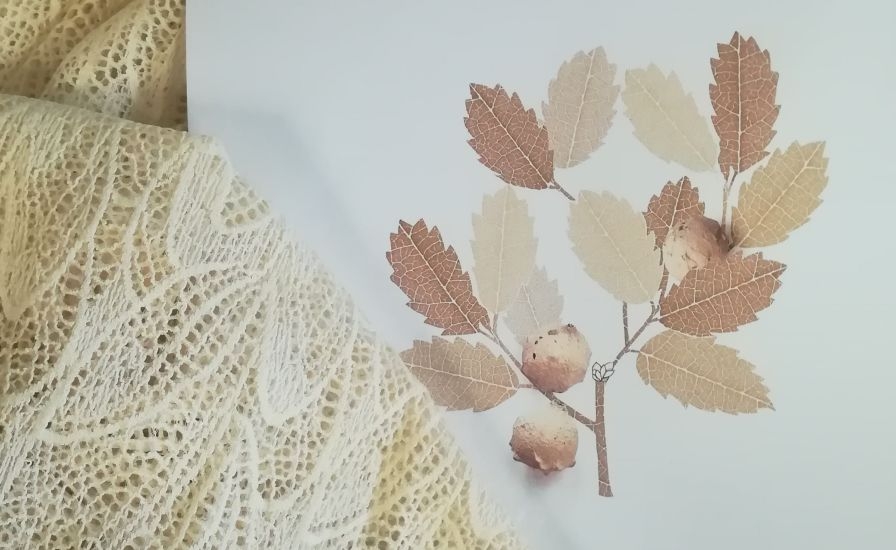
WALNUT GALL
The Walnut Gall is a cecide produced by the bite of various insects belonging to the Cynipidae family that live on the trunk, on the leaves or on the roots of certain plants, including the Sumac. The tree’s walnuts contain gallic acid and tannins useful for dyeing, inks and for tanning leather.
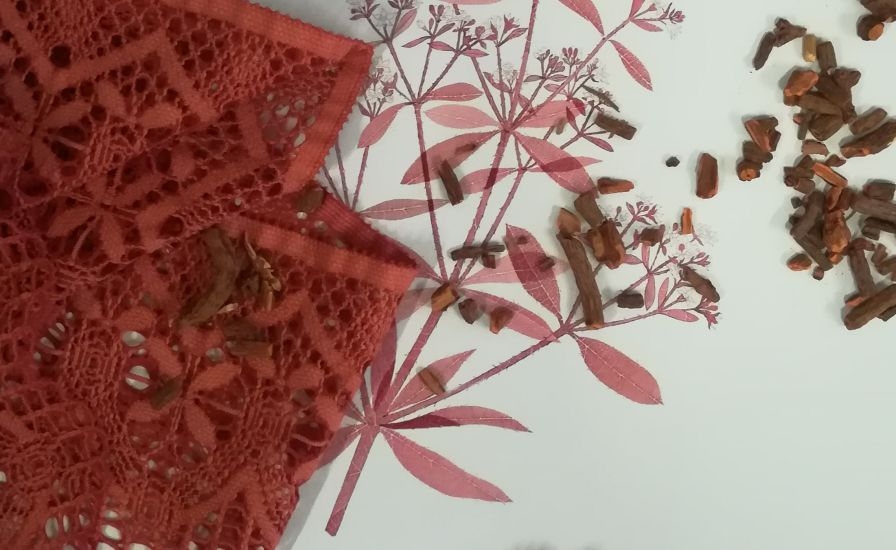
RUBIA – RUBBIA TINCTORUM L.
The Rubia is a perennial herbaceous plant, endowed with long roots from which the coloring pigment called Alizzarina (Natural Red 8) is extracted. From the Middle Ages until the discovery of synthetic Alizzarina, Rubia was one of the most important coloring substances and was extensively cultivated and commercialized.
Related articles:
Copyright 2024. All rights reserved - Terms



